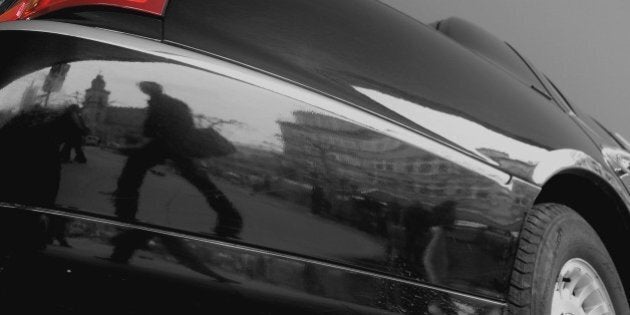
The letter arrived via snail mail, and read like a page from a Le Carré spy thriller. If my newspaper and I wanted to expose a corporate bribery scandal involving the biggest names in the oil business, the anonymous sender wrote, I should place an advertisement in the real estate section of French newspaper Le Figaro in July 2015.
The advertisement must include the code word "Monte Christo".
The sender wanted to protect his identity, and perhaps ensure I was a journalist committed to following a lead around the world. Whatever the intention, his proposition was too intriguing to ignore.
Also piquing my interest was the mention of a mysterious company called Unaoil, run by the wealthy Ahsani family of Monaco. The Ahsanis are among the elite of the principality, rubbing shoulders with European royals, Arab sheikhs and American and British oil company chief executives.
My colleague Richard Baker and I had written a few lines about Unaoil in 2013 as part of a painstakingly researched story that revealed how a leading Australian company had allegedly paid huge bribes to officials to win government contracts in the Middle East.
In that story, we alleged Unaoil had been used by the Australian firm as a middle man and was somehow connected to powerful officials and politicians in charge of large, tax-payer funded oil field projects.
Upon publication, this allegation was immediately dismissed, denied and denigrated as a work of fiction by Unaoil. In 2014, Unaoil's patriarch, the urbane Iranian-born multi-millionaire Ata Ahsani, even swore on oath in the UK High Court that it was sheer nonsense to suggest Unaoil was some sort of a bribe-paying fixer for multinationals.
My mystery letter-writer, though, said they had been impressed by our 2013 story. They also hinted that we had not dug nearly deep enough.
My advertisement ran in Le Figaro in the last week of July, 2015: "AUSTRALIE SIDNEY 'MONTECHRISTO': Propriété de luxe, sur terrain de 1.000 m2, maison 850 m2, 8 chambres."
I had also supplied a photo plucked from the internet of the supposed view from my fictitious house: a breathtaking panoramic photo of Sydney Harbour and the Opera House. (If you're selling a fake house, it may as well have a grand view).
Over the next few months, the anonymous author (who, in the spirit of our enterprise, I codenamed "Le Figaro") and I danced around each other. Texts were sent from fake German cell phones, and calls from Spanish numbers rang dead when called back.
The mysterious figure slowly provided snippets of information suggesting companies such as Rolls Royce and Halliburton were implicated in a global bribery operation that, in terms of the number of companies and countries involved, may be bigger than any corporate kickback case previously exposed.
The only thing missing was proof. I needed to meet "Le Figaro" and get some evidence. A rendezvous was organised, on the corner of a cobblestone street near the Louvre gallery in Paris.
At the eleventh hour, my source pulled out. Exasperated, I pushed for another meeting. This time, they suggested another European city. Twenty-four hours later, after a flight and a train trip, I was picked up in a black limousine and taken to a small restaurant. In an act of journalistic incompetence, I'd confused my time zones and left only 27 minutes for a lunch meeting to impress upon "Le Figaro" that my colleagues and I were up to the task he had set for us.
It was far too little time. We talked through lunch and on the ride to the airport. My source raced with me all the way to my boarding gate as my name was being called over the loudspeaker.
To go into any great detail about what happened over the next few months may risk exposing the identity of "Le Figaro" and other sources who were subsequently introduced to me. But the information I was seeking arrived, painfully slowly at first, and then in larger and larger chunks of data, including tens of thousands of Unaoil's internal emails between 2002 and 2012, many addressed to its multinational clients.
The sources of this story never asked for money. What they wanted was for some of the wealthiest and most powerful figures in governments and companies across the globe to be exposed for acting corruptly, and with impunity, for years.
"Le Figaro" was right. This was a much, much bigger story than we had believed back in 2013. Now, finally, it was ready to be told.
Read more: